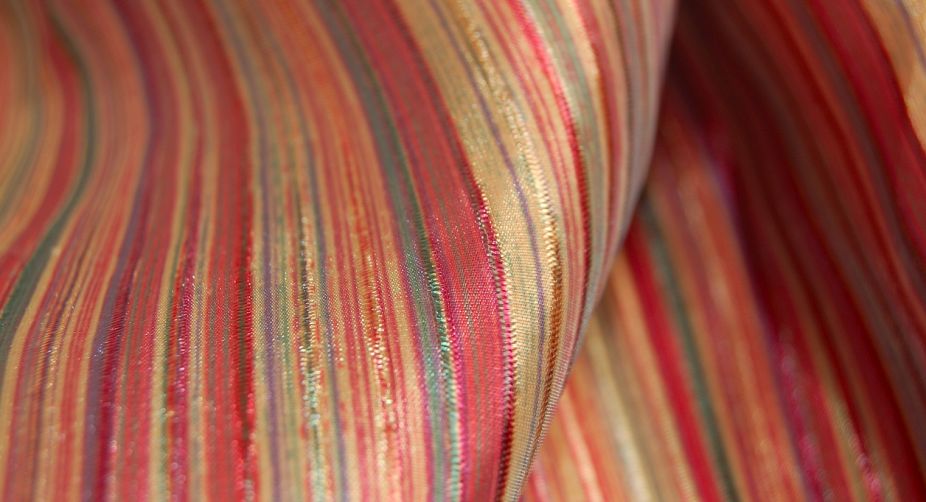India is considering to impose anti-dumping duty on a certain type of fibre as the commerce ministry has started a probe on the imports of this commodity from the European Union, China, Belarus, Ukraine and Peru.
The ministry's anti-dumping investigation arm-Directorate General of Anti-dumping and Allied Duties (DGAD) – has found “sufficient” evidence of dumping of acrylic fibre from these regions.
Indian Acrylics Ltd and Pasupati Acrylon have jointly filed an application for initiation of anti-dumping investigation.
Acrylic fibre is lightweight, soft and warm with a wool like feel. It is used in making sweaters, tracksuits, gloves, furnishing fabrics and carpets.
The directorate has initiated “an investigation into the alleged dumping and consequent injury to the domestic industry,” DGAD has said in a notification.
If established that dumping has caused material injury to domestic players, the DGAD would recommend imposition of anti-dumping duty on imports of fibre from the European Union, China, Belarus, Ukraine and Peru.
The period of investigation covers July-December 2016.
Anti-dumping duties are levied to provide a level playing field to local industry by guarding against cheap below-cost imports.
The DGAD is also probing dumping of several other products such as certain chemicals and steel products from China.
Countries dump products in India as it is one of the most attractive markets for global producers due to its large middle-class population.
Imposition of anti-dumping duty is permissible under the World Trade Organisation (WTO) regime. Both India and China are members of the Geneva-based body.
The duty is aimed at ensuring fair trading practices and creating a level-playing field for domestic producers vis-a- vis foreign producers and exporters.











